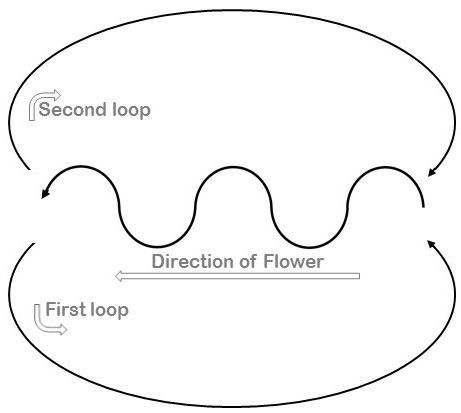Animals communicate in many ways. In this activity, students learn about the unique way that bees communicate with each other, by learning and practicing bee waggles.
Bees don’t have hands or mouths the same way that humans do. Instead, they use different ways to communicate with each other. One of the ways that scientists that bees share information about where the best nectar and flowers are is by doing a waggle dance!

Scientists believe that the duration of the waggle indicates the distance to the flower patch. The more vigorous the waggle (mild versus strong shaking) indicates the abundance of the nectar source, as does repeating the dance. The angle of the waggle to the sun represents the angle that the bees have to fly at to find the flowers.

 copy.jpg)